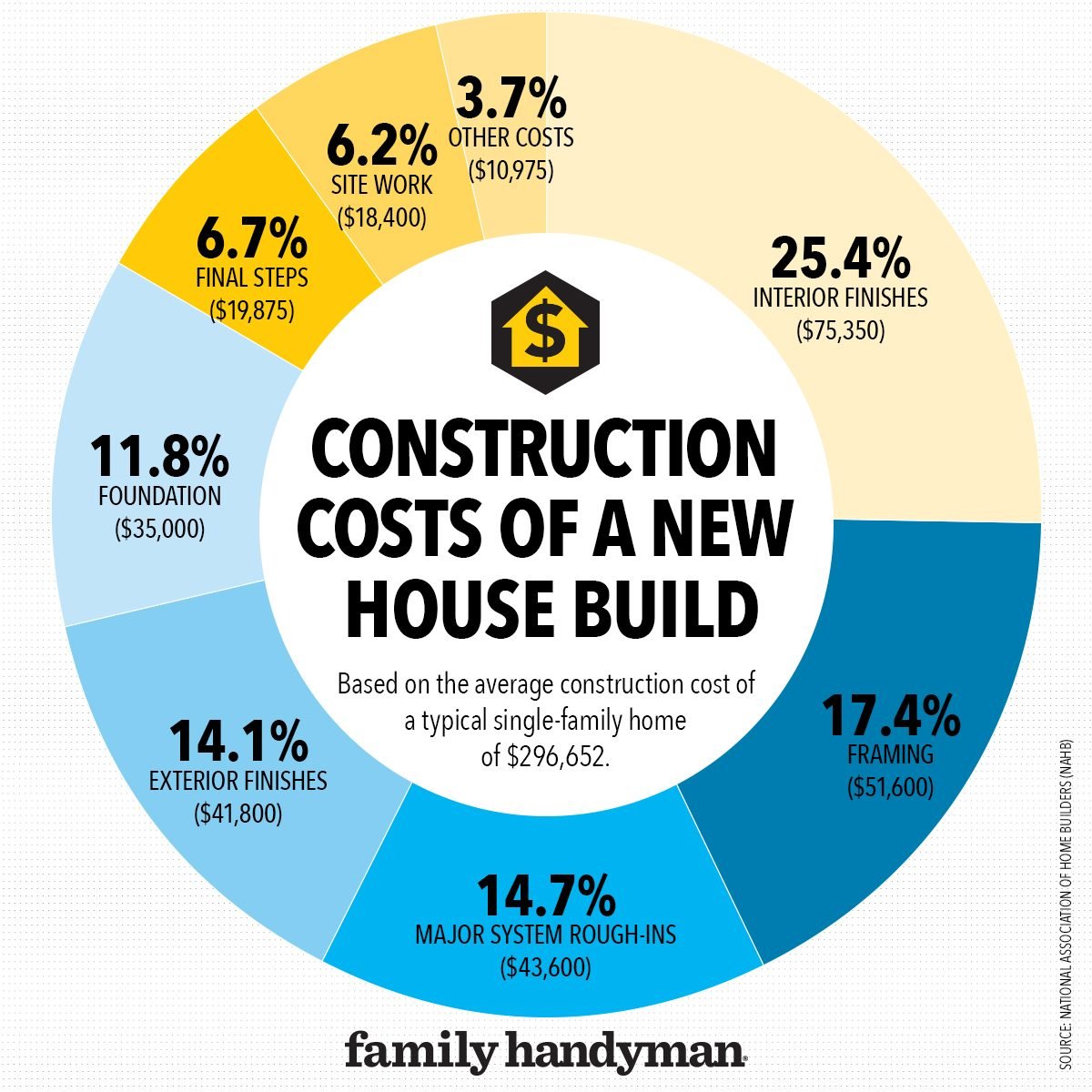Open Layout vs. Conventional Layouts: What Fits Your Needs?
Choosing between a modern layout and conventional design can feel overwhelming when planning a new home construction. Both designs offer distinct advantages and appeal to different lifestyles, making it essential to think about what works best for you. With the rise of modern living, open concept designs have gained popularity for their ample space and ability to create a seamless flow between rooms. On the flip side, traditional layouts offer distinct areas that can enhance privacy and order.
As you embark on your journey of constructing a house, it is important to weigh the pros and cons of these layouts in the context of your needs and wants. Whether you are drawn to the spacious atmosphere of an open floor plan or the classic charm of traditional rooms, understanding the implications of each design choice will help you create a home that truly reflects your lifestyle. In this article, we will explore the key elements to consider when deciding between a modern layout and a traditional layout, alongside helpful suggestions to assist your new home construction.
Understanding Layouts: Free-Flowing vs. Traditional
When selecting on the design of your fresh home, it's essential to weigh the benefits and cons of open concept versus conventional designs. Open-plan homes highlight a seamless layout where the cooking area, living area, and dining space blend together. This layout encourages engagement, making it ideal for family reunions and arranging get-togethers. The lack of barriers can also create an sense of expanded space, allowing for flexibility in furniture setup and decor.

On the other hand, traditional layouts offer separated spaces that ensure seclusion and distinction between various areas of the home. Rooms including the cooking area, eating area, and lounge are clearly separated, which can foster a sense of warmth and organization. For families with particular requirements, such as study areas or children's areas, this type of design can prove beneficial, as it allows for tailored zones tailored to different activities.
Finally, the selection between open concept and traditional layouts depends on personal preference and way of life. Reflect on how Southern Highlands NSW Builder and your family function, host, and use space daily. Both of these layouts offer unique advantages, so considering your requirements and how you envision your fresh home will help you make the best decision for your upcoming build.
Constructing Timeline: What Is the Actual Duration?
The schedule for building a new home can differ significantly based on several factors, including the size of the home, the intricacy of the design, and the effectiveness of the construction team. Typically, the entire procedure can take anywhere from several months to more than a year. On average, anticipate around six to nine months for a standard single-family home. This timeframe includes land preparation, the actual building phase, and the final inspections prior to occupying.
To get a more detailed breakdown, important stages such as getting permission and inspections typically take several weeks to a few months, depending on local regulations. As soon as construction begins, the framing, electrical, plumbing, and finishing work each take a certain amount of time. Moreover, setbacks can happen due to climatic factors or supply chain issues, which are increasingly common in the current building landscape. Keeping an open line of dialogue with your builder about progress and challenges is crucial in managing expectations.
Grasping this timeline can assist you properly plan your move into your new home and avoid any unexpected events. It also highlights the significance of thorough planning and design before breaking ground. Being aware of potential delays and having a clear schedule, you can better navigate the challenges of new house construction and ensure a smoother construction process.
Funding Your New Home: Critical Tips
When embarking on the journey of creating a fresh home, grasping your financing options is imperative. Commence by investigating different types of financing options specifically designed for recent construction, such as construction-to-lasting loans or traditional mortgage options. Every type has its own set of conditions and consequences for your budget, so it’s important to acquaint yourself with the details, interest rates, and payment plans. Meeting with a financial consultant can help clarify which funding solution is best suited for your budgetary needs.
Moreover, cost management plays a significant role in the financial of your dream home. It’s essential to account for both initial expenses and ongoing expenses. Establishing a detailed budget will help you pinpoint areas where you can reduce spending and where you might need to spend more. Remember the unexpected costs associated with brand new builds, including licenses, inspections, and yard work. Establishing a solid financial plan in position can avoid unexpected costs later on and ensure that your desired home doesn’t come with an excessive financial burden.
In conclusion, securing pre-approval from financial institutions can give you a competitive edge when it comes to submitting proposals or negotiating with developers. Getting pre-approved provides you with a better understanding of how much you can afford and shows builders that you are a committed buyer. Take the time shop around and contrast offers, as rates and terms can vary significantly among lenders. With a dynamic approach to funding, you’ll be well-equipped to navigate the development journey and appreciate the thrilling journey of building your future home.